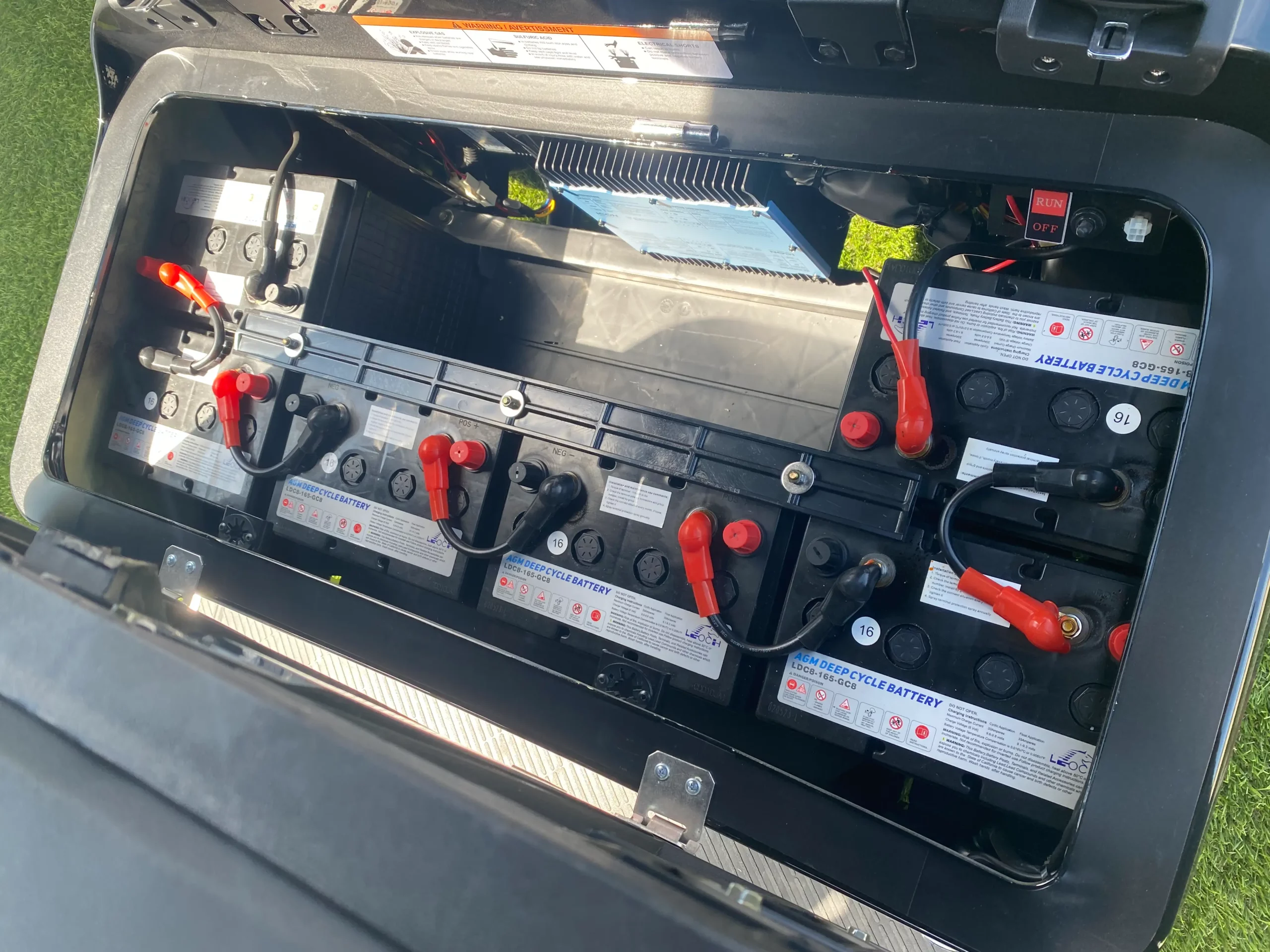When Electric Car Invented
The question of when electric car invented often brings a range of answers, depending on how one defines the term. For many people, electric cars seem like a recent innovation tied to modern environmental concerns and advanced battery technology. In reality, the concept is far older than most drivers realize. The history of electric vehicles stretches back well over a century, with inventors experimenting with electric propulsion long before gasoline-powered cars became the dominant form of transportation. Understanding when electric cars were first created requires a look into the earliest days of automotive history, when engineers were trying to solve the problem of how to power a vehicle in a reliable and practical way.

The earliest experiments with electric propulsion
Efforts to create electrically powered vehicles began in the early 19th century. In the 1820s and 1830s, inventors in Europe and North America began building small-scale electric carriages using non-rechargeable batteries. These prototypes were more demonstrations of concept than practical vehicles. The main challenge at the time was battery technology, as early batteries were heavy, stored little energy, and could not be recharged. Despite these limitations, the idea of using electricity to power transportation was appealing, because it offered smooth operation and did not require manual cranking or the burning of fuel that produced smoke and odor.
The rise of rechargeable batteries
The breakthrough that moved electric cars closer to reality came with the development of the rechargeable lead-acid battery in 1859 by French physicist Gaston Planté. This invention allowed electric vehicles to store energy for repeated use without replacing the battery after every trip. In the 1880s and 1890s, this technology led to the creation of practical electric carriages that could be charged overnight and driven for several miles. By the end of the 19th century, electric cars were a common sight in some major cities, especially for taxi services and wealthy private owners.

When the first practical electric cars appeared
By most historical accounts, the first commercially viable electric cars emerged in the 1890s. In the United States, companies like the Electric Carriage and Wagon Company of Philadelphia began producing electric taxis as early as 1897. These vehicles operated quietly, without the vibration or exhaust fumes of gasoline cars, and they appealed to urban customers who valued comfort and ease of use. Around the same time, inventors such as William Morrison in Iowa built and showcased electric cars that could travel longer distances than earlier prototypes. These developments marked the transition from isolated experiments to genuine products that could be bought and sold in the marketplace.
The golden age of early electric vehicles
From the late 1890s into the early 1910s, electric cars competed directly with gasoline and steam-powered automobiles. In cities, they were often preferred, as they required no gear shifting, produced no exhaust, and started instantly without cranking. Wealthy households bought electric runabouts for local trips, while commercial fleets used electric trucks for deliveries. At one point, roughly a third of all cars on American roads were electric. For this brief period, it seemed possible that electric vehicles might dominate the future of transportation.

Why electric cars declined in the early 20th century
Despite their advantages, early electric cars faced serious limitations. Their range was restricted to 30–50 miles per charge, and battery charging infrastructure was scarce outside of major cities. The introduction of the electric starter for gasoline engines in 1912 removed one of the main drawbacks of gas cars—the need for hand cranking. Gasoline also became cheaper and more widely available, thanks to mass oil production and discoveries in places like Texas. Henry Ford’s assembly line brought down the cost of gasoline-powered cars dramatically, making them affordable to the average person. By the 1920s, electric cars had largely disappeared from public roads in the United States.
The long period of dormancy
From the 1930s through the 1950s, electric cars existed only in niche roles. Some small electric delivery trucks and industrial vehicles remained in use, but for everyday passenger transportation, gasoline cars reigned supreme. Advances in battery technology were slow, and there was little incentive to develop electric cars when gasoline remained cheap and infrastructure for fueling was everywhere. It was not until the energy crises of the 1970s that serious interest in electric cars began to return, driven by concerns about oil supply and environmental impact.

The revival of electric vehicles
In the late 20th century, automakers and inventors revisited electric cars with new technology. The 1990s saw models like the General Motors EV1, which used improved battery systems to offer better range and performance than earlier attempts. However, these vehicles were often expensive to produce and targeted at a small market. The real breakthrough came in the early 2000s with advancements in lithium-ion battery technology, which allowed electric cars to travel much farther on a single charge. This innovation set the stage for the modern EV era, with companies like Tesla Motors pushing the technology into the mainstream.
The modern era and public perception
Today, electric cars are more capable and accessible than ever. Modern EVs offer ranges exceeding 300 miles, fast-charging networks are expanding globally, and battery costs continue to fall. Many drivers are only now discovering the long history behind these vehicles, learning that they are not a brand-new invention but a technology with deep roots. When people ask when electric car invented, the answer depends on whether they mean the first experimental model, the first commercially successful car, or the first modern EV that meets today’s expectations for range and convenience.

The significance of knowing EV history
Understanding the origins of electric cars highlights how technology can rise, fade, and rise again based on economics, infrastructure, and innovation. It also shows that many of the perceived challenges with EVs, such as range and charging, have existed since the earliest days. The difference now is that battery and charging technology have advanced to the point where electric cars can compete directly with gasoline vehicles in terms of performance and convenience. This historical perspective helps explain both the enthusiasm for EVs today and the challenges that remain in making them universal.
Conclusion
So, when electric car invented? If you trace the earliest attempts, the answer is the 1820s and 1830s, when inventors built the first electric-powered carriages. If you focus on practical, commercially available vehicles, the 1890s mark the true beginning. Since then, electric cars have gone through cycles of popularity and decline, shaped by technological progress and market forces. What we are experiencing today is not the birth of electric vehicles, but rather their most successful chapter yet, supported by innovations that early inventors could only imagine. At Hartville Golf Carts, we celebrate this remarkable journey and proudly offer modern electric golf carts that reflect over a century of progress, blending timeless innovation with today’s performance and style.
Learn more: For more detailed history, see the U.S. Department of Energy’s overview of Electric Vehicle History.








